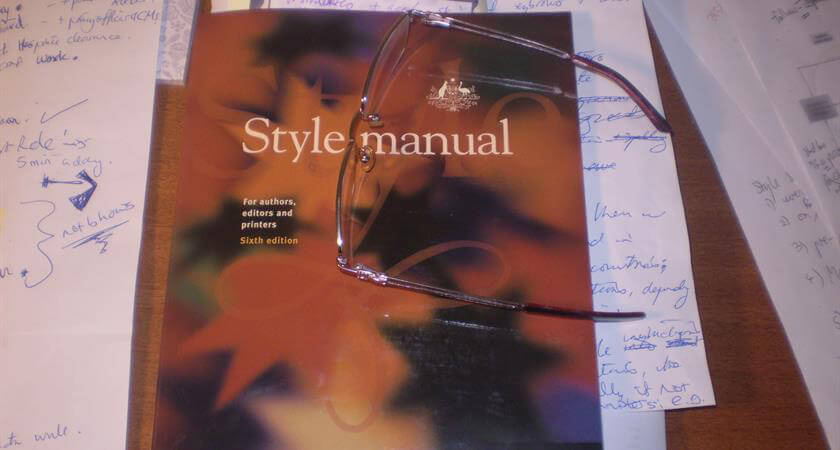Blog
The three editing stages, for books, reports or other documents

If you have written a document that you intend to publish or circulate in the public arena, it needs to be presented so those readers will read and understand it.
Whether your document is a report, policy, article or newsletter, or a manuscript of a novel or non-fiction book, it needs to be self-edited it until you are satisfied that it is as clearly written as possible.
Then it is ready for the next task: editing.
The editor’s role
The editor is essentially an advocate for the reader. The editor’s job is to make sure the document is clear, engaging and able to be understood by the reader, so that the reader continues reading it, right to the very end.
Generally speaking, the editor’s role is to make all the corrections or improvements necessary to ensure the document is presented consistently, clearly, and at the standard expected.
The editor may need to correct (or make recommendations about) the structure, the order in which information or chapters are presented, or the style or point of view.
The editor needs to correct grammar, spelling and punctuation as per the client’s or publisher’s guidelines.
The three stages of editing
The stages of editing include the structural edit; rough copy edit (including line editing, fact checking and other tasks); and final copy edit (or fine edit). For publications, the final copy edit is followed by the graphic design and final proof reading stages, and checking the ‘final press proof’ prior to publication.
The different stages of editing are sometimes called different names. For example, “structural editing” is often referred to as “developmental editing” or “substantive editing”. A “rough copy edit” is sometimes called a “line edit”. Fact-checking may or may not be required, and may or may not need a separate pass, in addition to the other editing passes. Some people (but not editors) call the “final copy edit” a “proof read”.
The number of editing passes required
The number of editing passes required by a professional editor will always depend on how well the document has been self-edited by the author, and the target audience or intended use of the document.
For example, if the document is not going to be published but is for internal use only, it may not have to be edited to the level of a publication.
Each stage requires at least one editing ‘pass’ (going through the document once).
Manuscripts intended for publication usually need at least two editing ‘passes’ before the manuscript is at the near-perfect stage needed prior to the graphic design stage; and they always need to be proofread after they have been designed.
Documents such as reports, articles or policies may only need to be copy edited (which will need one or two editing passes).
Regardless of how many editing passes are needed, the below tasks must be completed prior to the document being either 1) designed and proofread before being published, or 2) submitted (as a Word document) to its target audience.
First stage: Structural edit
- This is the first stage of editing, also called substantive or developmental editing.
- This level of editing is not needed for manuscripts that are structurally sound, and may not be needed for reports, articles or theses.
- One or more editing pass required.
- Go to: Structural editing
Second stage: Copy edit – rough copy editing pass/es
- Rough copy editing comprises the first passes of the copy editing stage. Some people call it “line editing”.
- This level of editing is always required for manuscripts (either fiction or non-fiction), but may not be required for reports, articles or other documents, depending on how well they have been self-edited, and whether or not they are intended for publication.
- One or more editing passes required.
- Go to: Line editing/rough copy editing.
Third stage: Final copy edit – usually one pass
- After all the rough copy editing has been done, a final copy editing pass is needed. This is the last chance to correct errors prior to the document being either distributed (if it’s a report) – or designed, proof read and published (if it’s a book or high-level published report).
- This final copy editing pass is always required, whether the document is a manuscript or article destined for publication, or a policy or report to be distributed and used in-house.
- The role of the editor during this pass is to create an error-free document that is as perfect as possible, given the margin for human error.
- One editing pass is the norm for the final copy edit, although if the document has not been properly edited during the previous copy editing passes, another “final copy editing” pass will be required.
- For more information, go to: Copy editing.
For more articles about editing and proofreading, go to:
Image: Australian Style Manual, photo by Sally-Anne Watson Kane
Back To Blog

